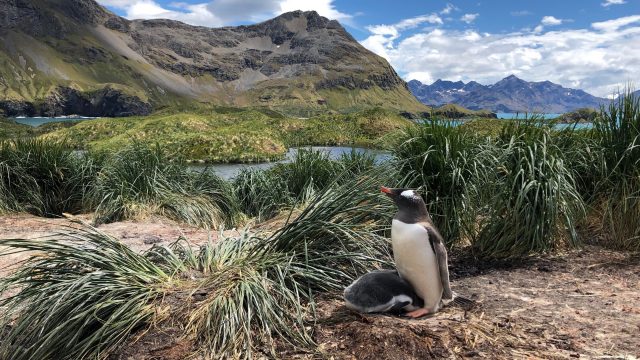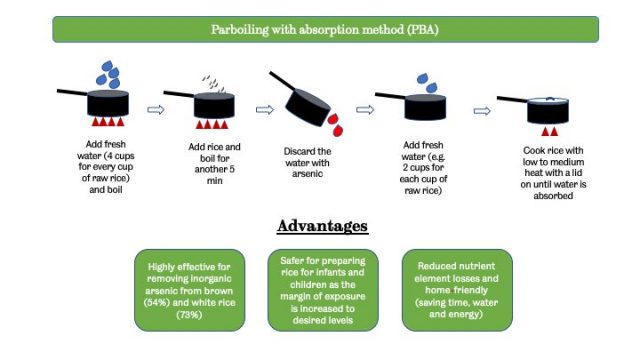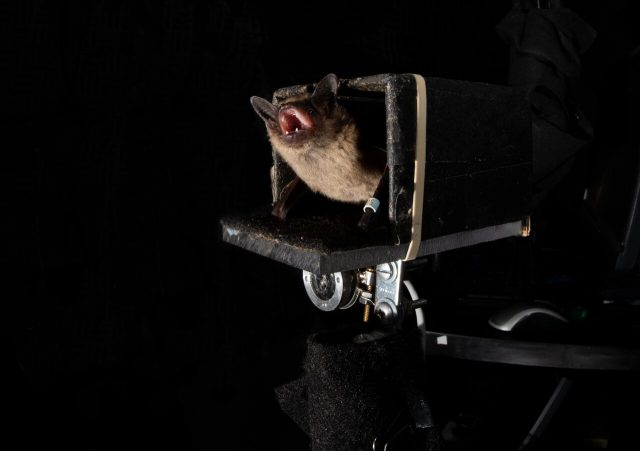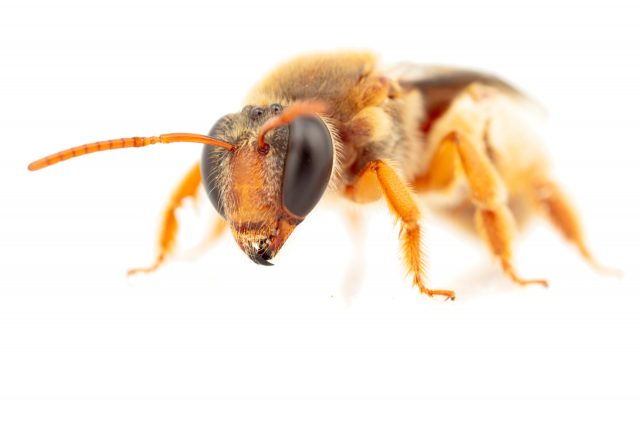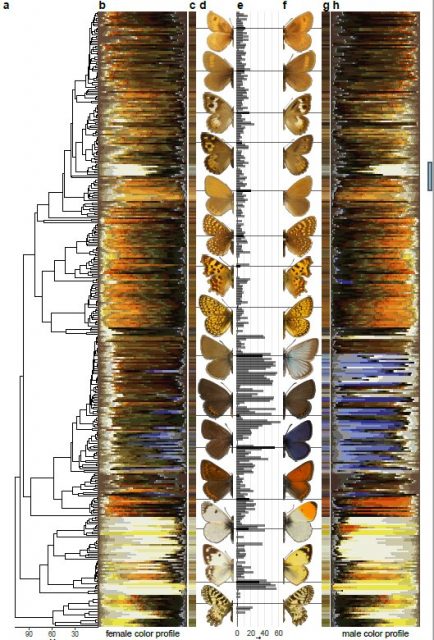Fossilized jaw bone fragments of a rat-like creature found at the Petrified Forest National Park in Arizona last year by a Virginia Tech College of Science Ph.D. candidate are in fact a newly discovered 220-million-year-old species of cynodont or...
Gentoo penguins should be reclassified as four separate species, say scientists at the Milner Centre for Evolution at the University of Bath, after analysing the genetic and physical differences between populations around the southern hemisphere.
The researchers say that counting...
Cooking rice in a certain way removes over 50 percent of the naturally occurring arsenic in brown rice, and 74 percent in white rice, according to new research.
A new paper, released today in Science of the Total Environment shows that cooking...
A new type of soil created by engineers at The University of Texas at Austin can pull water from the air and distribute it to plants, potentially expanding the map of farmable land around the globe to previously inhospitable...
A very few species of parasitoid wasps can be considered aquatic. Less than 0.1% of the species we know today have been found to enter the water, while searching for potential hosts or living as endoparasitoids inside of aquatic...
They can't tell fortunes and they're useless with the stock market but bats are quite skilled at predicting one thing: where to find dinner.
Bats calculate where their prey is headed by building on-the-fly predictive models of target motion from...
Australian bees are known for pollinating plants on beautiful sunny days, but a new study has identified two species that have adapted their vision for night-time conditions for the first time.
The study by a team of ecology researchers has...
Butterflies have long captured our attention due to their amazing color diversity. But why are they so colorful? A new publication led by researchers from Sweden and Germany suggests that female influence butterfly color diversity by mating with colorful...
A type of wrinkled 'super pea' may help control blood sugar levels and could reduce the risk of type 2 diabetes, suggests a new study.
The research, from scientists at Imperial College London, the John Innes Centre, Quadram Institute Bioscience...
Fossils recovered from Antarctica in the 1980s represent the oldest giant members of an extinct group of birds that patrolled the southern oceans with wingspans of up to 21 feet that would dwarf the 11½-foot wingspan of today's largest...
A new paper in Behavioral Ecology, published by Oxford University Press, finds that wild vampire bats that are sick spend less time near others from their community, which slows how quickly a disease will spread. The research team had previously...






